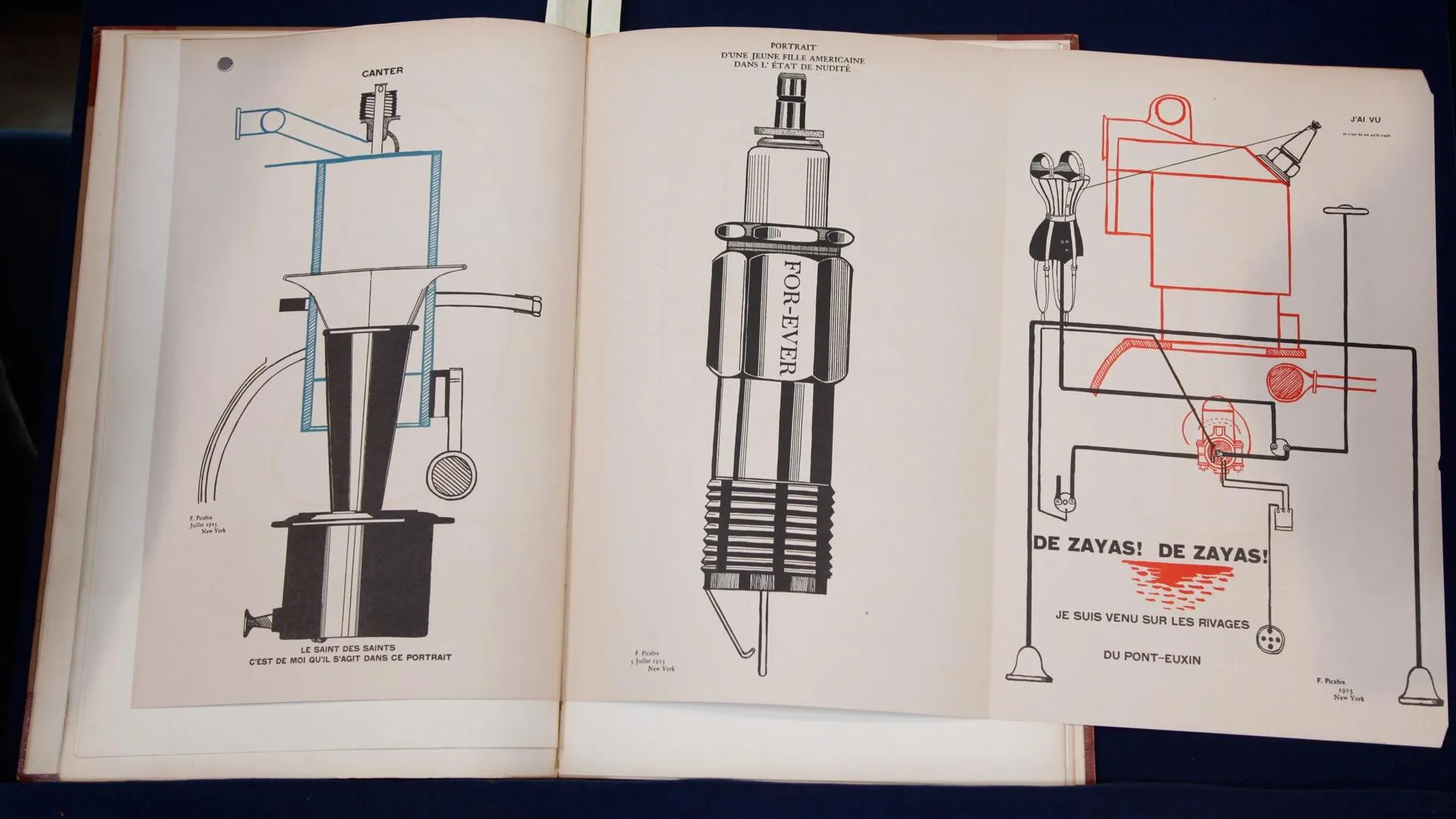GUEST: It's my husband's lamp, and it was given to him by his grandmother in the mid-1970s. And she'd had it previously, but I don't know when she received it or who she got it from.
APPRAISER: And when you got it, did it have this hole in the shade in front?
GUEST: It did, it did.
APPRAISER: Well, it's one of the things I want to talk about. We've talked about Van Erp before on the show; this is the most unusual Van Erp lamp I've seen, and I've seen hundreds of them.
GUEST: Really?
APPRAISER: Stylistically, the work on the shade has more to do with Art Deco than Arts & Crafts, and Van Erp was an Arts & Crafts metalsmith from the San Francisco Bay area. He was a man who defined coppersmithing in America during the Arts & Crafts period. These pieces normally would have had a band around the bottom, a cap on the top and arms that were riveted top and bottom. This, instead, if I can take this off now, instead this is one solid piece of copper that was hammered and raised and then joined into a cone with a seam running right up there. And then all this work was pierced out. And what we have is piece after piece of paper-thin, even less than paper-thin mica. Also, these handles on the base, I can't say I've seen those on a Van Erp lamp, either. Let's take a look at the mark for a second. This is the standard Dirk Van Erp mark, which is a die-stamped windmill, and then it says "Dirk Van Erp" underneath it with the open box. The stamp broke at one point. The box used to be closed; by about 1911, 1912, the box broke, so it was an open box, which dates it anywhere from about 1913 to about 1930. But stylistically, it's an Art Deco lamp. It can't be before 1925 or 1926.
GUEST: Okay.
APPRAISER: When I first saw this, I said, "Well, this doesn't even look like Van Erp. This is so peculiar, why is it Van Erp?" Several things. It doesn't really need a signature, even though it's got one. Number one, this rim at the bottom, this rolled rim, that's very hard to do. It's labor intensive and exacting, and very few metalsmiths could make a rim this perfectly rounded at the bottom. Number two, the hammer marks, which are all through the shade, are light and perfectly even. It takes a very trained hand to be able to bang out a piece of copper to the same depth all the way around. Furthermore, the patina. That patination, that brown coating on this is standard Van Erp patina-- rich, silky, deep brown. So all the elements of this lamp are classic Van Erp, it's just the stylization and the techniques that are different. That hole that we talked about a moment ago, this is the fourth time I've seen this on a Van Erp lamp.
GUEST: Really?
APPRAISER: And all four lamps were in California. It's possible it was an elbow, but I'm thinking it's an earthquake that knocked the lamp off at one point.
GUEST: Oh.
APPRAISER: Because what happens is they fall off and the arm penetrates the shade. And this arm, as you can see, doesn't have a tab at the end of it like the other three do. So that arm went through that and they all have an oval hole where the arm penetrates them.
GUEST: Interesting.
APPRAISER: And they can be fixed; it's demanding and difficult work, but I'm thinking if it was properly repaired, at auction, between $6,000 and $9,000.
GUEST: Wow.
APPRAISER: In mint condition, it would have been maybe $8,000 to $12,000. But you never know, because this is so unusual, if someone was building the quintessential Van Erp collection and wanted all elements of the design where he also maintained the high quality of craftsmanship, this could bring double to triple what I just said.
GUEST: Wow.



